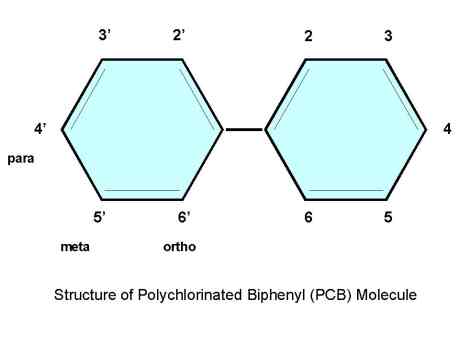
The Hudson River extends 315 miles from its source
in the Adirondacks at Lake Tear of the Clouds to New
York Harbor. This river flows cleaner than it has in
decades. Many of its worst polluters have been disputed
and stopped. The Hudson River shores are now being
cleared of abandoned warehouses and empty factories,
making room for new parks.
PCBs, polychlorinated biphenyls, are said to be
found in the waters of the Hudson River. PCBs come in
209 distinct chemical mixtures and are used in
electrical equipment, carbonless copy paper,
newsprint, caulking compounds, and other everyday
products found in homes and businesses. General
Electric (GE) used PCBs in their company. They never
manufactured the PCBS. Instead, they purchased them
from another manufacturer and used them for thirty years
in the production of electrical capacitors. GE's use
of PCBs was entirely legal. They obtained the
appropriate permits and at all times held valid
permits under the Clean Water Act for the discharge
of the PCBs into the Hudson. GE discharged the PCBs, along
with sewage and other industrial wastewater, through discharge
pipes that ran from its plants to the Hudson River.
This practice was common among industries and cities
along the Hudson and elsewhere.
In the late 1970s, New York State began advocating
a major river dredging project. The goal was to reduce
PCB levels by removing tons of sediments from the
Thompson Island Pool and areas south of Troy. The
state sought to bury the dredged material on nearby
farmland, but it was a violation of local zoning laws.
In the 1980s, New York State proposed a second
dredging project which was smaller in range and focused
mostly on concentrated areas of PCBs. In the late 1980s
and early 1990s, PCB levels were not declining as fast
as they had in the 1970s. This was due to the collapse
of the Allen Mill, a structure that was built on the edge
of the river below GE's Hudson Falls plant site. A
wooden gate at the mill collapsed causing a large quantity
of material to be released into the river. The material
inside the mill included PCBs. As a result, PCB levels
in the water rose for the first time in years. GE moved
quickly to remove the material inside the mill. A
system was established to collect millions of gallons of
contaminated water flowing into the mill. The PCBs
entered the mill by by seeping through the bedrock of the
Hudson Falls plant site.
The Hudson Falls site is no longer an active manufacturing
facility. Since 1992, GE has been working on a clean-up
program in the area of the Allen Mill and at the Hudson
Falls site. More than 131 tons of PCBs have been removed
and effectively prevented from ever reaching the river.
Hudson Watch
Clearwater involves a group of people who are trying
to make the Hudson River a better place. Clearwater
conducts environmental education, advocacy programs, and
celebrations to protect the Hudson River. The centerpiece
of Clearwater's public education program is the 106 foot
wooden sailing sloop Clearwater, designed after the Dutch
sailing sloops of the 18th and 19th centuries. Each year
Clearwater accomodates nearly two thousand children and
adults on board to teach history, biology, environmental
science, and navigation along the Hudson, New York Harbor,
and Long Island. Clearwater